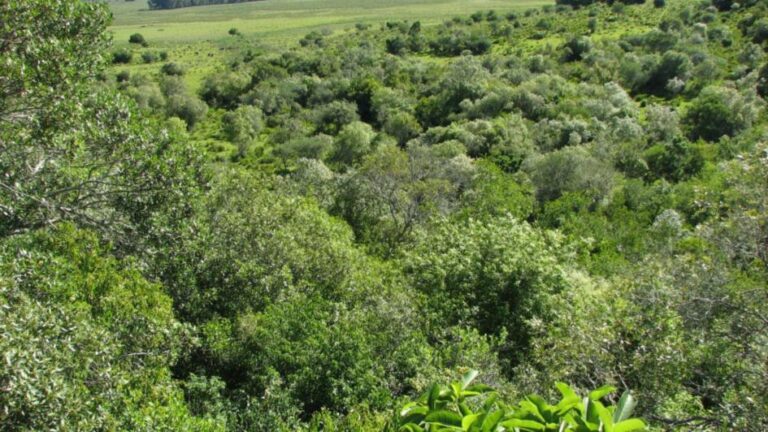The General Forestry Directorate of Uruguay's Ministry of Livestock, Agriculture and Fisheries (MGAP) has taken a decisive step in the modernization of procedures related to the country's native forests. In order to make forestry registration and authorization processes more efficient and transparent, new digital requirements and instructions have been established that will enable the integrated management of forestry information. This initiative is part of a broader strategy of the Uruguayan government to advance in the field of digitalization and e-government.
Requirements for the Native Forest Registry
As of December 10, 2024, all those interested in registering a native forest must follow the new guidelines established by the DGF. The procedure, which previously required the presentation of documentation in physical format, will now be completely digital. Applicants must use their Gub.uy user, the national platform for online procedures, with level 2 security. This requirement is part of a series of measures that seek to guarantee transparency and efficiency in the management of natural resources.
The required documents include the 14BN form, which must be signed by the applicant, together with the survey plans indicating the location and extent of the forest. In addition, shapefile or KML files containing detailed information on the forests and the standards involved in the process will be required. It is also necessary for the applicant to indicate the specific use of the forest, which may include activities such as biodiversity conservation, beekeeping, tourism, among others.
Authorization of forest management plans and cutting of forests
Another process that has been digitalized is the management of management plans and the authorization of native forest logging. To make this type of request, interested parties must first submit an approved forest register, which must be updated in the National Forest Information System (SNIB), a digital platform created to manage information on the country's forests.
The applicant must also submit digitized maps of the planned interventions, as well as technical details about the intervention. This includes information on both initial and final tree densities, the management and felling methods to be employed, and the destination of the timber. As with the registration of native forests, this entire process will be carried out digitally, which contributes to greater agility in the approval of procedures and ensures that all the necessary documentation is immediately available.
Impact and benefits of digitalization
The implementation of these new requirements and the integration of forestry procedures into a digital system seek to improve both efficiency and transparency in the management of Uruguay's natural resources. Through the use of the SNIB, authorities will be able to manage information related to native forests more effectively, facilitating decision-making and monitoring of forestry interventions.
In addition, by decentralizing the process and allowing applicants to manage their procedures from anywhere, the administrative burden and waiting times are reduced, which benefits all stakeholders involved in forest management. The digitalization of these procedures will also allow greater supervision of forestry activities, thus contributing to the sustainable conservation of the country's native forests.
As part of the procedure, interested parties must deliver the original documentation (notarial certificate, form 14BN and survey plan) to the DGF headquarters in Montevideo, which guarantees the validation of the procedures carried out online. In this way, the best of both worlds is integrated: the efficiency of digitalization and the need to ensure the authenticity of the documents submitted.
Annex I – Annex II | Source: MGAP.



